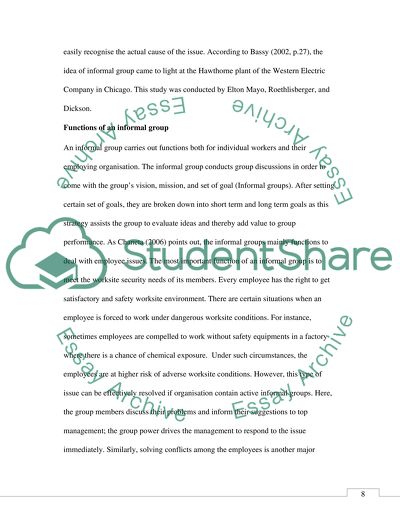Cite this document
(“Organisational Behaviour Essay Example | Topics and Well Written Essays - 1250 words”, n.d.)
Retrieved de https://studentshare.org/other/1390148-organisational-behaviour
Retrieved de https://studentshare.org/other/1390148-organisational-behaviour
(Organisational Behaviour Essay Example | Topics and Well Written Essays - 1250 Words)
https://studentshare.org/other/1390148-organisational-behaviour.
https://studentshare.org/other/1390148-organisational-behaviour.
“Organisational Behaviour Essay Example | Topics and Well Written Essays - 1250 Words”, n.d. https://studentshare.org/other/1390148-organisational-behaviour.


